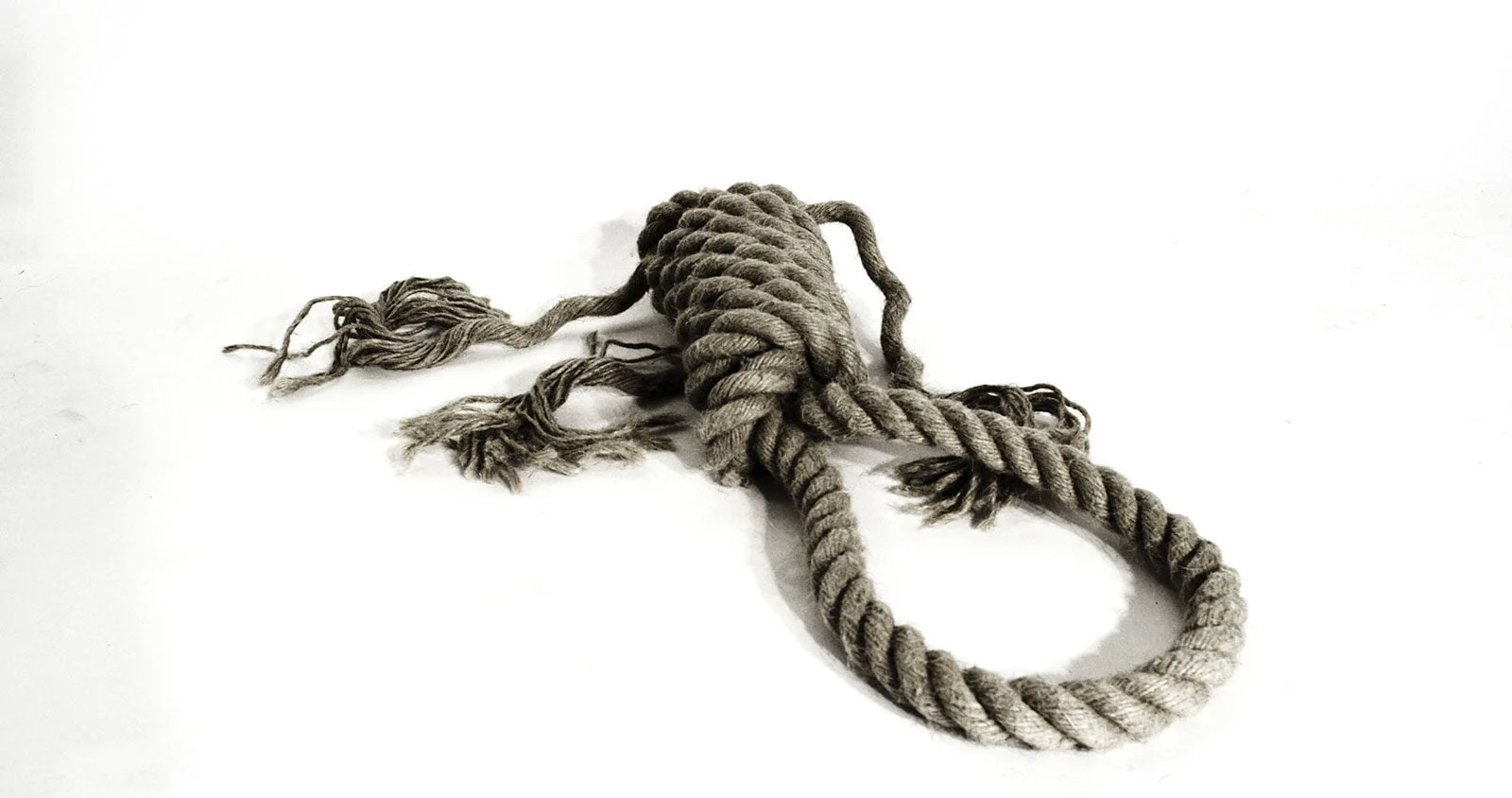
The lethal injection generally consists of three chemicals: sodium pentotal (an anaesthetic), pancuronium bromide (used to paralyse the prisoner) and potassium chloride (used to stop the heart).
Sounds pretty scientific, doesn’t it? However, due to botched executions by inexperienced prison staff, the executions of some of the men and women sentenced to die by lethal injection haven’t run ‘smoothly’. In March 2014 Dennis McGuire, an Ohio death row inmate, took 26 minutes to die by lethal injection as he lay on a gurney with his mouth opening and closing.
Carried out in: USA
After the prisoner is shaved and strapped to a chair, a metal skullcap-shaped electrode is attached to their scalp and forehead over a sponge moistened with saline. The prisoner is then blindfolded. A jolt of between 500 and 2000 volts, which lasts for about 30 seconds, is repeatedly administered until the prisoner is declared dead.
Just like the lethal injection, the electric chair is far from foolproof. In 1990, Jesse Joseph Tafero suffered three jolts of electricity before he stop breathing, during which time six-inch flames erupted from his head. This botched execution was put down to “inadvertent human error” with the inappropriate substitution of a synthetic sponge for a natural one.
Carried out in: Afghanistan, Bangladesh, Botswana, India, Iran, Iraq, Japan, Kuwait, Malaysia, Nigeria, Palestinian Authority (Hamas authorities, Gaza), South Sudan, Sudan
The ‘long drop’ is the most commonly used hanging method. In some countries prisoners are weighed the day before their execution to determine the length of ‘drop’ necessary to ensure a quick death. If the rope is too long, the inmate could be decapitated, and if it is too short, death by strangulation could take as long as 45 minutes. Some countries, such as Iran, use cranes to publicly hang the condemned.
Carried out in: China, Indonesia, North Korea, Saudi Arabia, Somalia, Taiwan, Yemen
Execution by firing squad typically involves the prisoner being bound to a chair (sitting) or a pole (standing), with a black hood pulled over their head. Up to 20 feet away, the shooters, usually no less than five of them, aim for the prisoner’s heart.
If the shooters miss their target, by accident or intention, the prisoner can bleed to death slowly.
Carried out in: Saudi Arabia
Beheading as a form of execution is routine in Saudi Arabia. An historic form of execution, beheadings in are carried out in public using a sword, usually in a town square or close to a prison. The condemned, who is blindfolded, handcuffed and often given a sedative, typically wears white – as does the executioner.
‘Crimes’ punishable by death in Saudi Arabia include: adultery, blasphemy, fornication, homosexuality and sorcery.
Article written by Katie Young, Online Editor